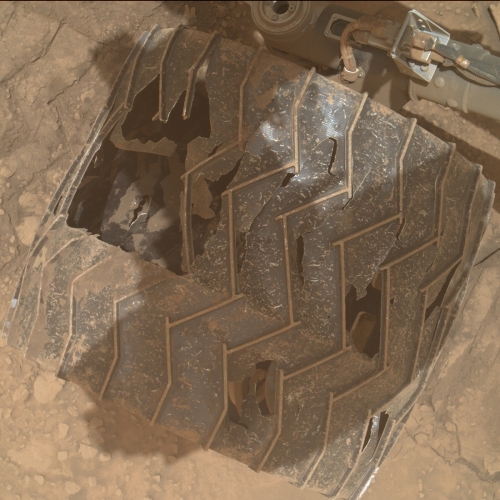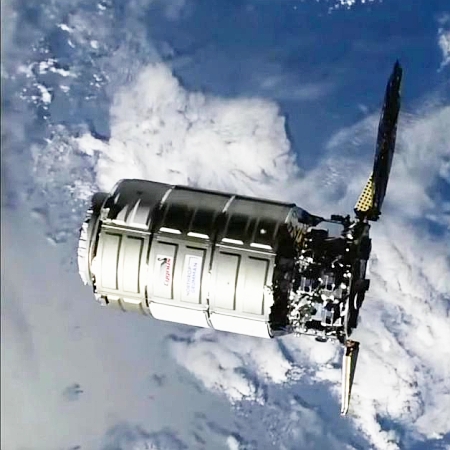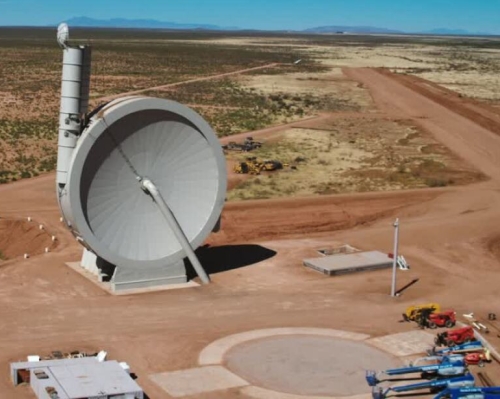Controllers lose contact with Orion for almost an hour
NASA engineers unexpectedly lost all contact with Orion for 47 minutes just after midnight last night.
NASA’s Mission Control Center at the agency’s Johnson Space Center in Houston unexpectedly lost data to and from the spacecraft at 12:09 a.m. CST for 47 minutes while reconfiguring the communication link between Orion and Deep Space Network overnight. The reconfiguration has been conducted successfully several times in the last few days, and the team is investigating the cause of the loss of signal. The team resolved the issue with a reconfiguration on the ground side.
At present the loss of signal caused no issues with the spacecraft. However, its cause has not yet been pinpointed.
NASA engineers unexpectedly lost all contact with Orion for 47 minutes just after midnight last night.
NASA’s Mission Control Center at the agency’s Johnson Space Center in Houston unexpectedly lost data to and from the spacecraft at 12:09 a.m. CST for 47 minutes while reconfiguring the communication link between Orion and Deep Space Network overnight. The reconfiguration has been conducted successfully several times in the last few days, and the team is investigating the cause of the loss of signal. The team resolved the issue with a reconfiguration on the ground side.
At present the loss of signal caused no issues with the spacecraft. However, its cause has not yet been pinpointed.



